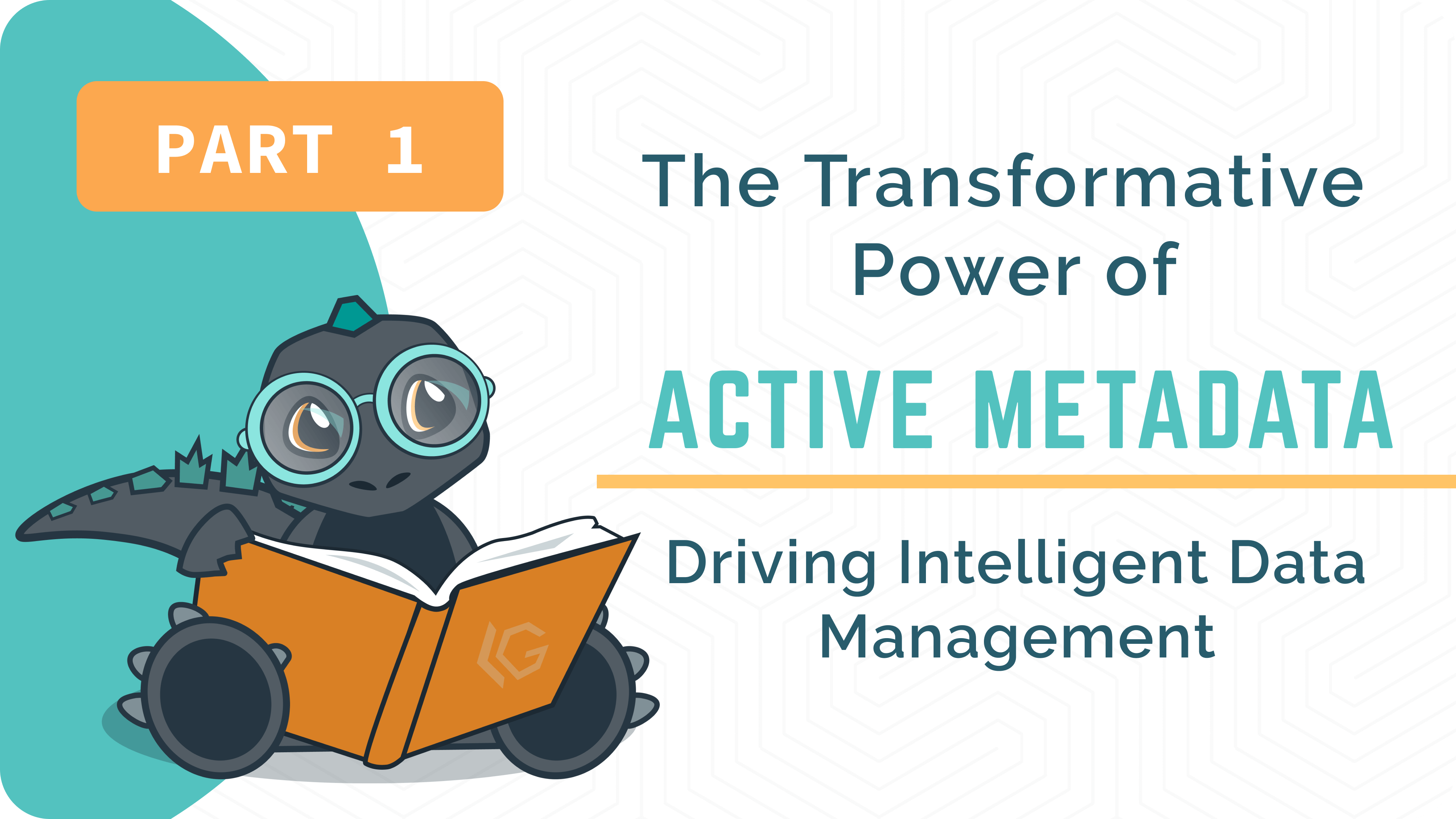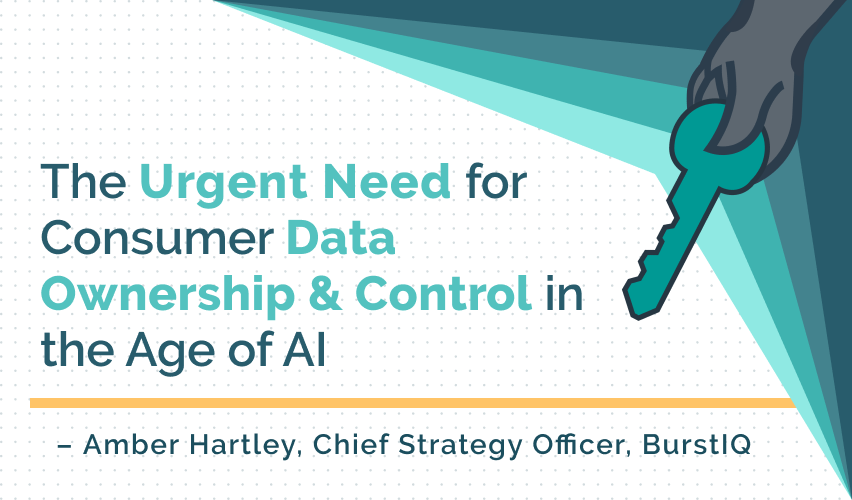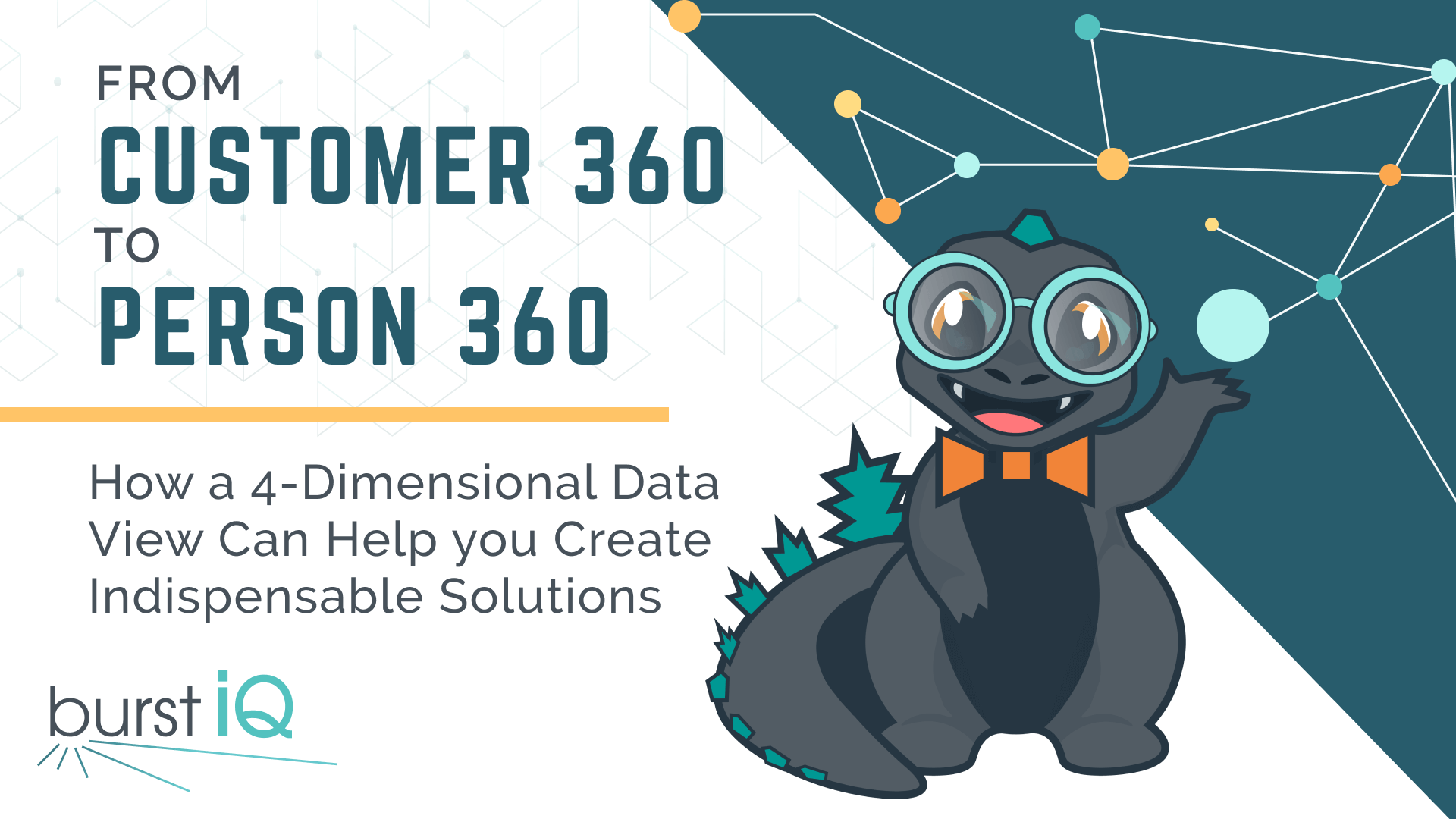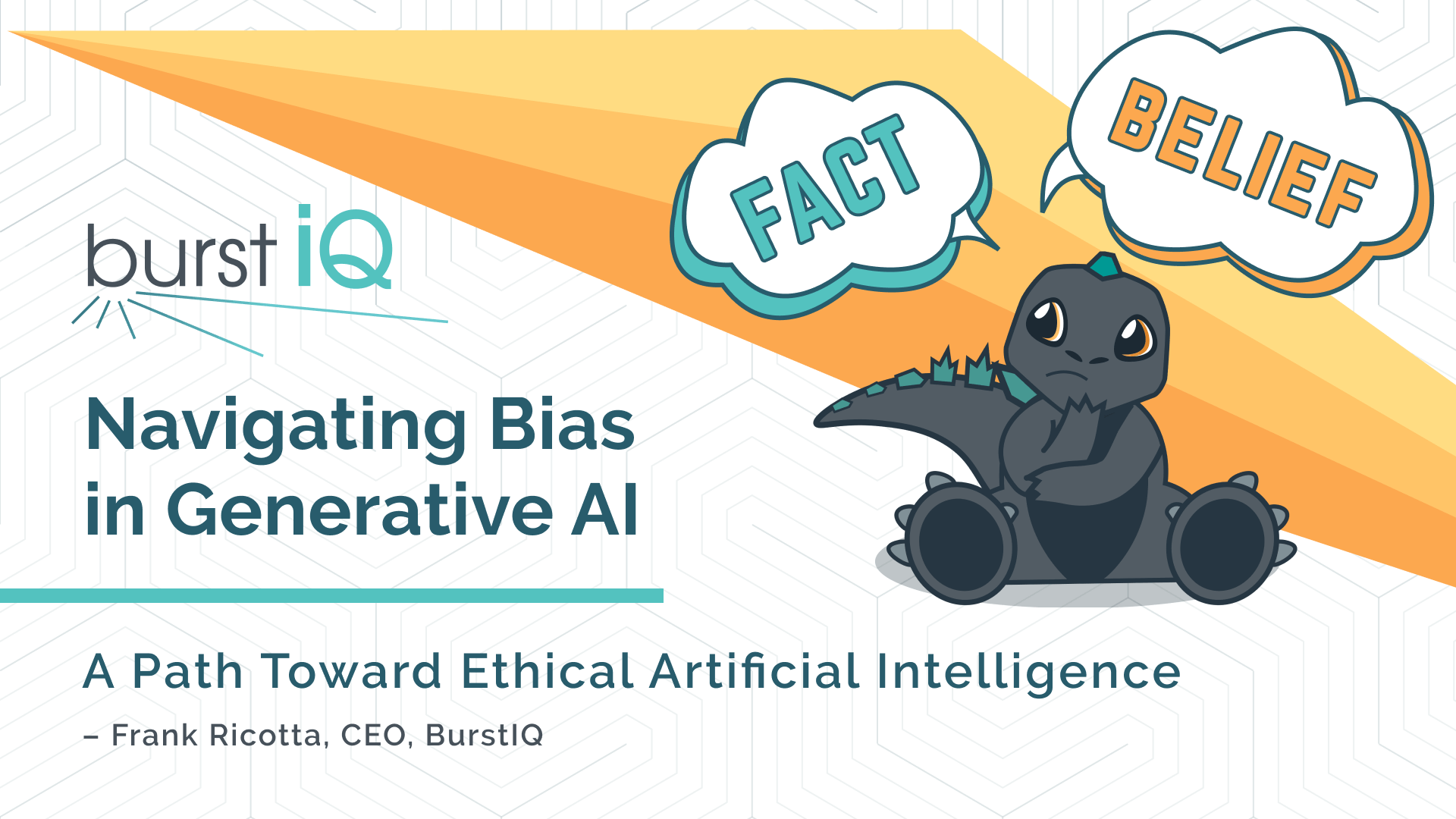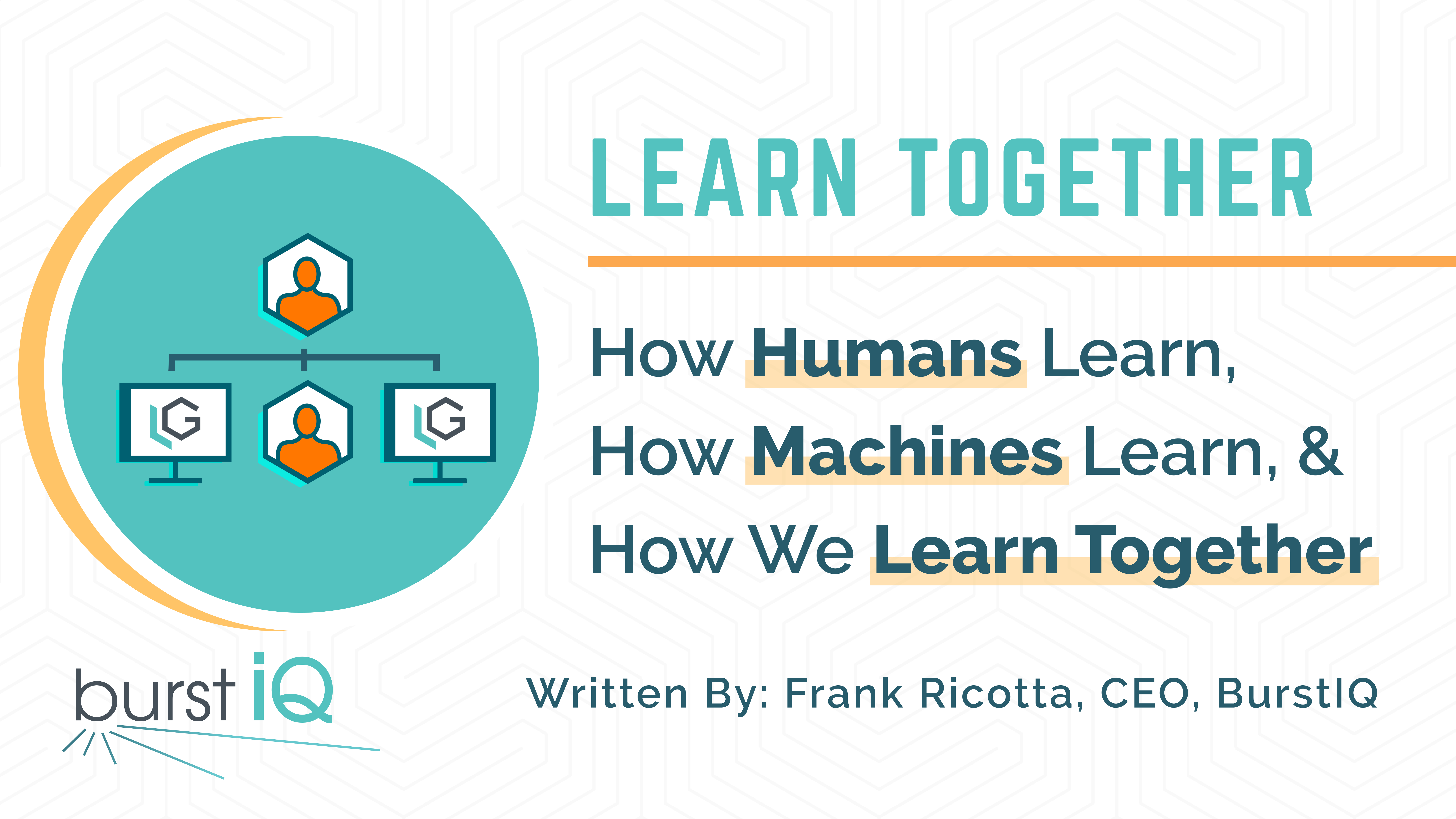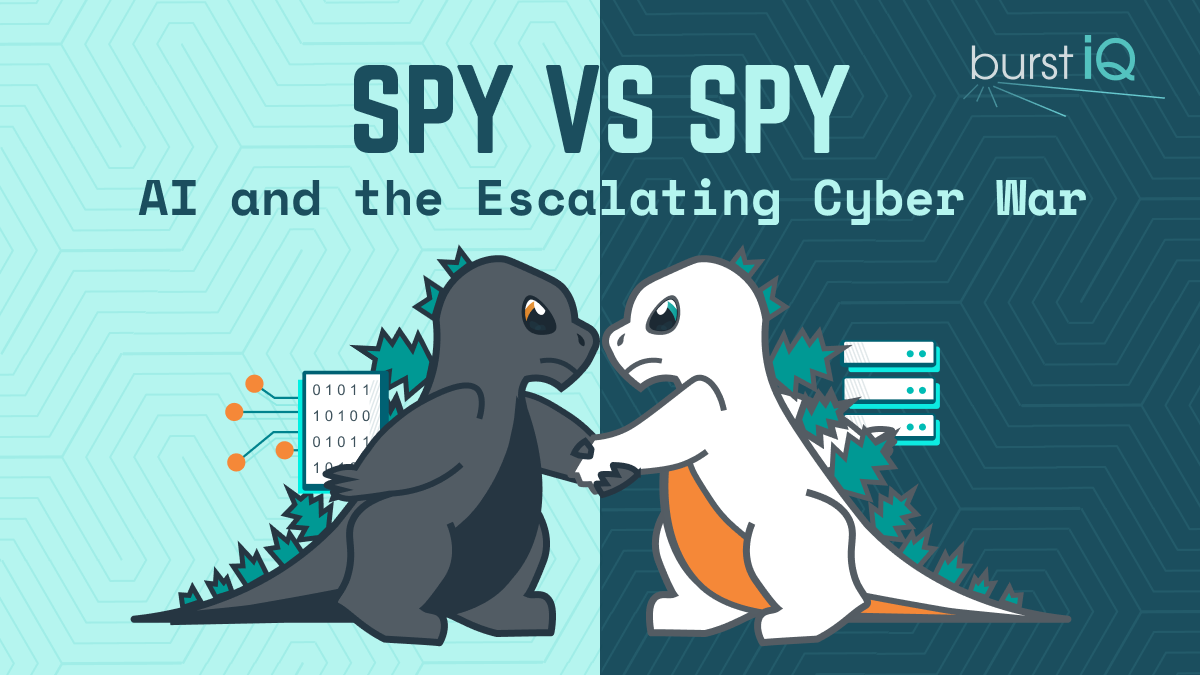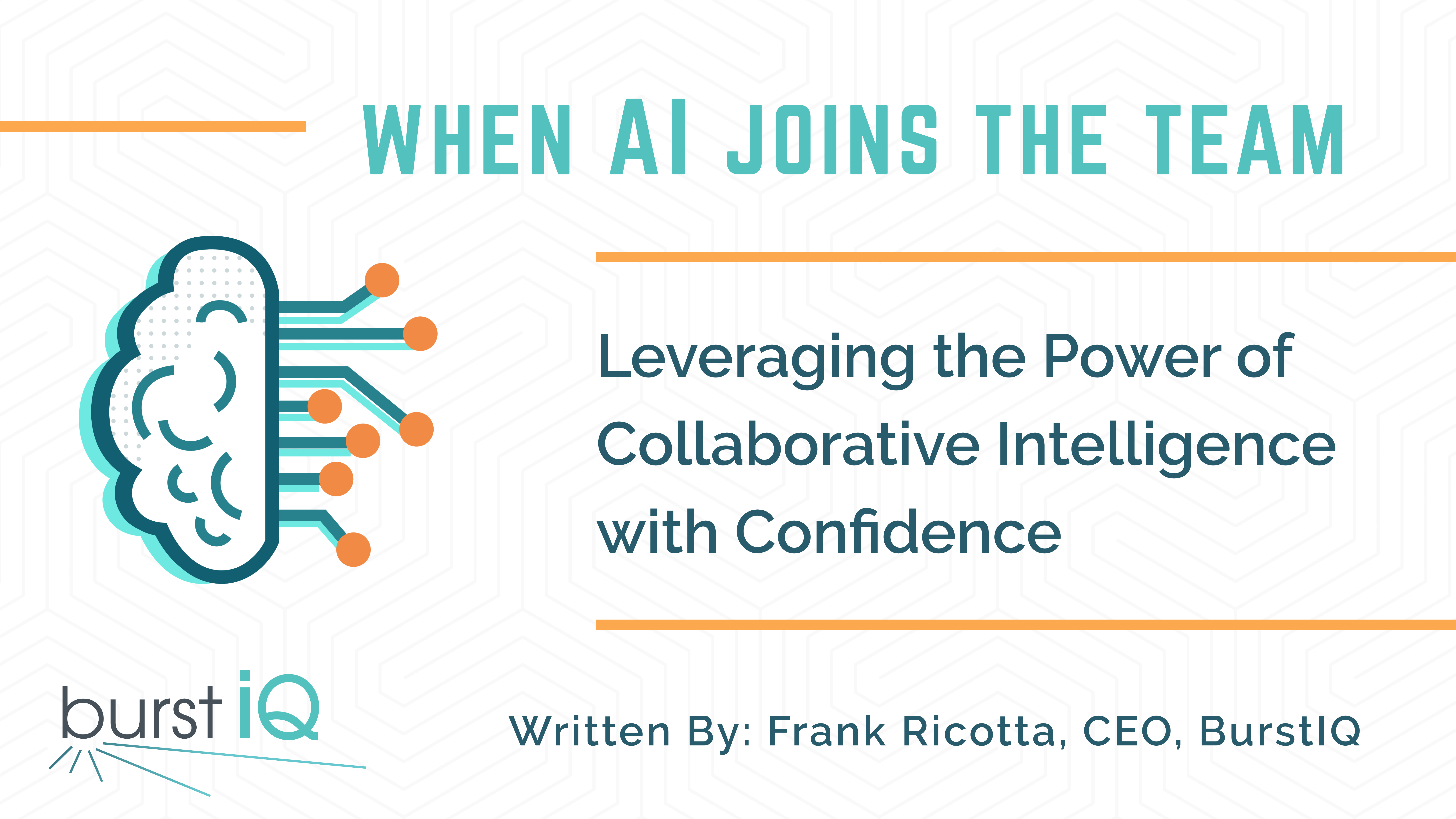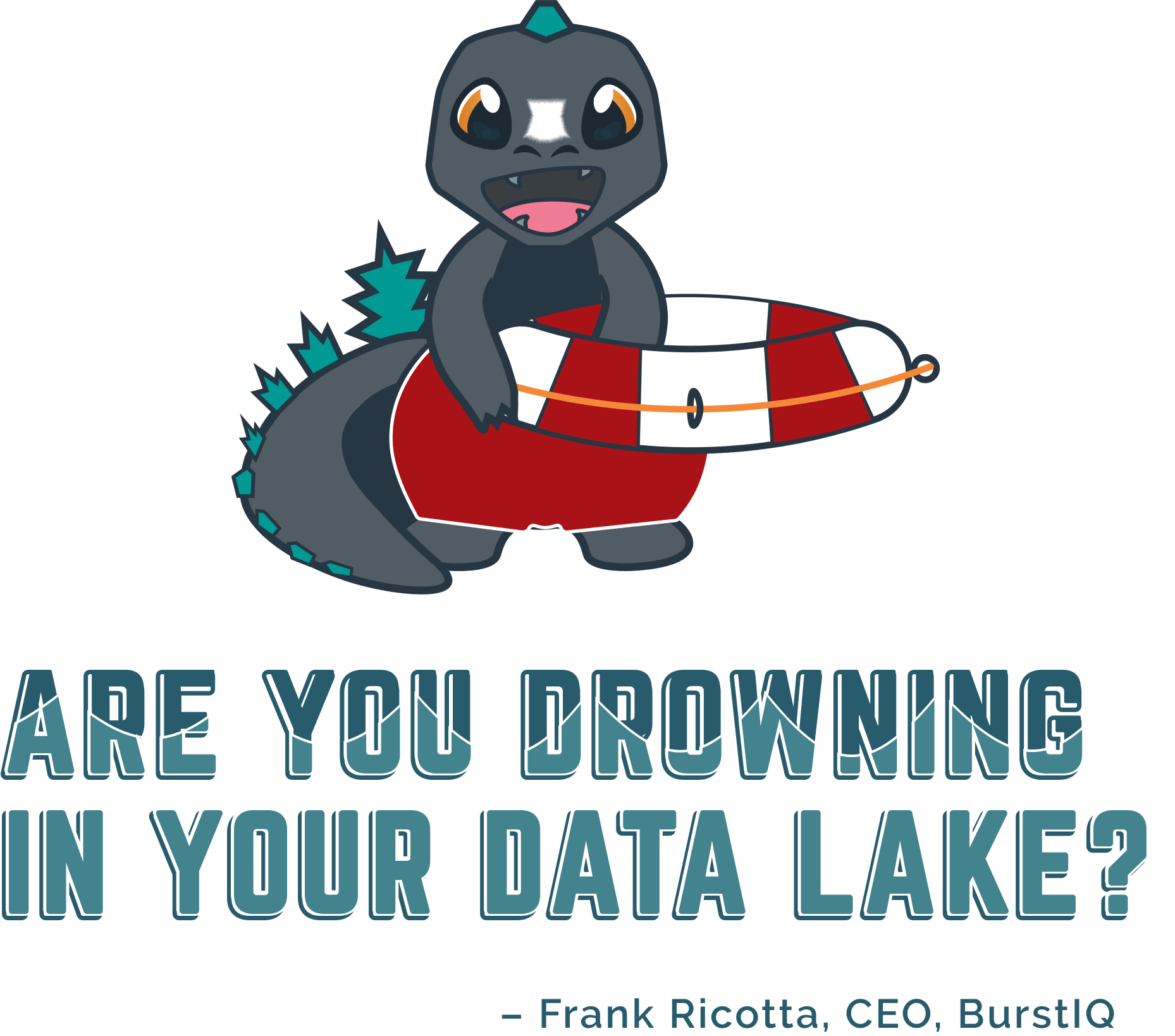

In the digital age, data is foundational; it powers the modern business world, driving decisions, innovations, and, ultimately, success. But as organizations rush to capitalize on the wealth of data at their disposal, many find themselves overwhelmed, not by the scarcity of data, but by its abundance.
In the vast digital ecosystem, data lakes represent an ambitious attempt to corral the ever-expanding data universe. Yet, for many organizations, these repositories have become more akin to data swamps, where the sheer volume and complexity of information obscure the valuable insights lying beneath the surface. It’s here, at this intersection of challenge and opportunity, that graph technology and knowledge graphs emerge as beacons of clarity, offering a new paradigm for understanding and leveraging our data.
What is a Data Lake?
At its core, a data lake is a vast repository designed to store, process, and secure a wide array of data types, both structured and unstructured. It’s the digital era’s Library of Alexandria, but for data instead of scrolls. Its strength lies in its scalability and flexibility, accommodating data from diverse sources—social media feeds, IoT devices, transaction records, and more—without the need for converting or structuring the data beforehand. The cloud data lake evolves this concept further by leveraging cloud computing resources, offering unparalleled scalability, elasticity, and cost-efficiency. These cloud-based lakes enable businesses to store petabytes of data without worrying about the physical infrastructure, making data accessible from anywhere, at any time.
Navigating the Waters: Challenges of Data Lakes
This accessibility promotes improved collaboration and innovation but also introduces a set of challenges.
- The Creation and Management Maze
While one of the potential benefits of data lakes is the ability to ingest data without fully structuring it beforehand, it can quickly become a data management nightmare. Setting up a data lake is akin to planning a city. Without proper roads (data integration strategies), regulations (data governance), and security (data protection measures), chaos ensues. Organizations struggle with integrating disparate data sources, ensuring data quality, and efficiently scaling resources—all while controlling costs. Current methods have no easy way to create data associations across disparate data sets. Operational and Value Extraction Hurdles
Even with a data lake brimming with information, extracting valuable insights can feel like searching for a needle in a haystack. Limited query options offered by some cloud providers and the complexity of crafting sophisticated queries can stymie even the most determined data scientists. This complexity, coupled with the daunting task of managing computation costs, can hinder the data lake’s value proposition.The Sharing and Control Conundrum
As data becomes more intertwined with daily operations, sharing it across departments and with external partners grows in importance. Yet, this sharing raises significant issues, as enterprises must balance accessibility with security, manage complex permissions, and ensure data provenance. These challenges underscore the delicate dance of data management—providing enough access to fuel innovation while safeguarding against breaches and misuse. Often, sharing equates to data replication into other systems, which weakens data security, complicates regulatory compliance, introduces quality issues, and increases costs.
Unlocking the Hidden Value in Your Data Lake with Graph Technology and Knowledge Graphs
Graph technology isn’t just another data management tool; it’s a fundamentally different way of looking at and interacting with data. Graph databases transform traditional, linear data storage into dynamic networks of interconnected information by focusing on the relationships between data points. This approach mirrors the complexity of the real world more naturally and intuitively, offering unprecedented opportunities for insight and analysis.
The Power of Connections: Graph Technology
Imagine navigating a city without a map, relying solely on a list of addresses. This is the challenge of traditional data analysis within the confines of a data lake. Graph technology introduces the map, highlighting not just the destinations (data points) but the myriad of possible paths between them (relationships). This shift from a focus on individual data points to the connections between them enables organizations to uncover patterns and insights that were previously obscured by the linear, siloed nature of traditional databases.Data Fabrics and Data Meshes
A data fabric is a unified and flexible architecture that enables seamless data integration, sharing, and access across different platforms and environments. It acts as a distributed and decentralized network that connects various data sources, applications, and users, allowing them to interact with data coherently and securely. Typically, data fabrics utilize graphs as a foundation.Data fabrics support a combination of different data integration styles and utilize active metadata, knowledge graphs, semantics, and machine learning (ML) to augment (and in some cases completely automate) various data integration design and delivery tasks.
Data meshes, by extension, are data fabrics that extend beyond the enterprise to partners and customers.
Knowledge Graphs: Context is King
Knowledge graphs take the concept of graph technology a step further by embedding semantic information into the data. They don’t just show us that two points are connected; they explain how and why they’re connected, adding a layer of context that’s critical for meaningful analysis. This semantic understanding transforms data from a static asset into a dynamic, self-describing web of knowledge, ready to be explored and exploited for insights.
LifeGraphs: Trust Rules the Day
LifeGraphs combine the integration capabilities of a data lake with the analytical power of knowledge graphs, and infuses trust into each piece of data within the graph. It provides extended features around data quality management, governance, data exploration, and security. By bringing all these essential services together, LifeGraph delivers advantages not found in traditional data management frameworks.
As new information gets added to LifeGraph, it automatically establishes connections with existing nodes and relationships. Humans interacting with the graph provide input that refines the LifeGraph’s accuracy and expands its understanding of the world, and your LifeGraph ecosystem becomes more intelligent and valuable over time. It’s a testament to the power of interconnectedness and the potential of collective intelligence to create a truly enriching learning experience for everyone.
Navigating the Challenges: From Data Lakes to Knowledge Oceans
The transition from data lakes to what might be termed “knowledge oceans” is not without its challenges. The sheer scale of data, the complexity of relationships, and the need for sophisticated analytics capabilities can be daunting. Yet, the potential rewards for overcoming these challenges are significant.Breaking Down Silos with Semantic Integration
One of the most significant advantages of LifeGraphs is their ability to integrate diverse data sources, both structured and unstructured, into a cohesive whole. The application of ontologies—semantic frameworks that define and categorize data in a way that’s understandable to both machines and humans—achieves this integration. LifeGraphs break down traditional data silos, fostering a comprehensive and nuanced understanding of information. This approach opens the door to insights that span across the entire organization.This democratization of data access empowers teams across the organization, from marketing to R&D, with the insights they need to make informed decisions. Sales teams can trace the relationships between customer interactions and product developments, marketing can uncover new trends and patterns in consumer behavior, and product teams can swiftly adapt to the evolving market needs, all thanks to the accessible, powerful Web3 data fabric and knowledge graph combo. LifeGraph enables this integration while maintaining the necessary governance to ensure privacy and compliance requirements are enforced, so teams can access all the information they need and nothing more.
Empowering External Collaboration
The advent of Web3 technology, with its emphasis on decentralization, trust, and tokenization, offers an exciting avenue to extend the accessibility of data beyond the confines of individual organizations. By leveraging blockchain, smart contracts, and decentralized identifiers (DIDs), Web3 technologies provide a secure, transparent framework for sharing data with partners, customers, and the broader ecosystem.Through LifeGraphs, graph technology and knowledge graphs integrate seamlessly with Web3’s decentralized architecture, enabling dynamic, permissioned access to data. Organizations can create knowledge graphs that are not just internal maps of their data landscape but also secure gateways for external collaboration. Smart contracts can automate data access permissions, ensuring that sensitive information is shared securely and complies with privacy regulations. Meanwhile, DIDs enable individuals and entities to control their digital identities, ensuring they can access the data they are entitled to without unnecessary barriers.
This vision extends the value of data lakes beyond organizational boundaries, transforming them into vibrant, dynamic knowledge hubs. It enables a level of collaboration and innovation previously unattainable, where businesses, researchers, and innovators can leverage collective intelligence to tackle complex challenges and uncover new opportunities.
The Real-World Impact: Advanced Analytics and Beyond
The applications of LifeGraphs are as varied as the data they organize. In recommendation systems, they can predict user preferences with uncanny accuracy by mapping the intricate web of relationships between users and products. In fraud detection, they can identify anomalous patterns of behavior that signal fraudulent activity, leveraging the complex network of transactions and interactions. And in knowledge discovery, they can surface connections and insights that spark innovation and strategic thinking.
It is Different, but Different is Awesome
As graph technology begins to take hold, many traditional data scientists feel very uncomfortable with reframing how they interact with data. Moving from structured queries to connections and relationships, transitioning from just focusing on the data value to extended active metadata attributes, and creating borders around data to embedded trust and security all require shifts in thinking.
This transition is similar to when software developers transitioned away from procedural languages and started using object-oriented languages. That shift required a new way of thinking, but the outsized benefits of those new technologies made the transition worth it.
Industry analysts are watching this transition to graph closely. They are starting to hear feedback from organizations that have transitioned to graph, and the consensus is that those organizations who have made the jump say they will never go back. Shifting to graph technologies will require an openness to learn and adapt. At BurstIQ, we help our partners gain the necessary competencies to be self-sufficient, drive innovation, and immediately realize value.
Conclusion: The Future is Connected
As we stand on the brink of this new frontier in data analysis, the message is clear: the future of data is connected. Graph technology and knowledge graphs offer a path forward for organizations drowning in their data lakes, providing the tools to navigate the complexities of modern data ecosystems. LifeGraphs take this even one step further by creating trusted data ecosystems.
The journey toward this future requires a commitment to openness, innovation, and collaboration. By embracing these technologies and principles, organizations can enhance their internal operations and contribute to a broader ecosystem of knowledge, driving forward a future where data access is universal, secure, and empowering for all.
In this era of data-driven decision-making, understanding and leveraging the relationships within our data is not just an advantage; it’s a necessity. As we harness the power of LifeGraphs for our customers, we’re not just solving the challenges of today; we’re preparing to meet the opportunities of tomorrow, armed with knowledge that’s both deep and wide.
About BurstIQ:
LifeGraph, by BurstIQ, cuts through data complexity, making crucial insights readily available across your organization and partner network. Built with a foundation of privacy-enhancing technology, LifeGraph securely connects data and systems, transforming your information into a trusted asset. Each data point is enriched with context and trust, creating a “smart data” environment.
LifeGraph then leverages the power of graph technology and knowledge graphs to uncover hidden connections and patterns that traditional data platforms miss. This unique approach, aligning trustworthy data with both human and machine thinking, empowers you to harness the combined strength of human ingenuity and artificial intelligence ethically. LifeGraph gives organizations the power of collaborative intelligence to solve today’s challenges decisively and set the pace for the future.
To learn more about how LifeGraph can help you make data your superpower, please contact us here.
Enhance Your Learning
Check out a couple of our other newest blog posts by clicking the images below.


